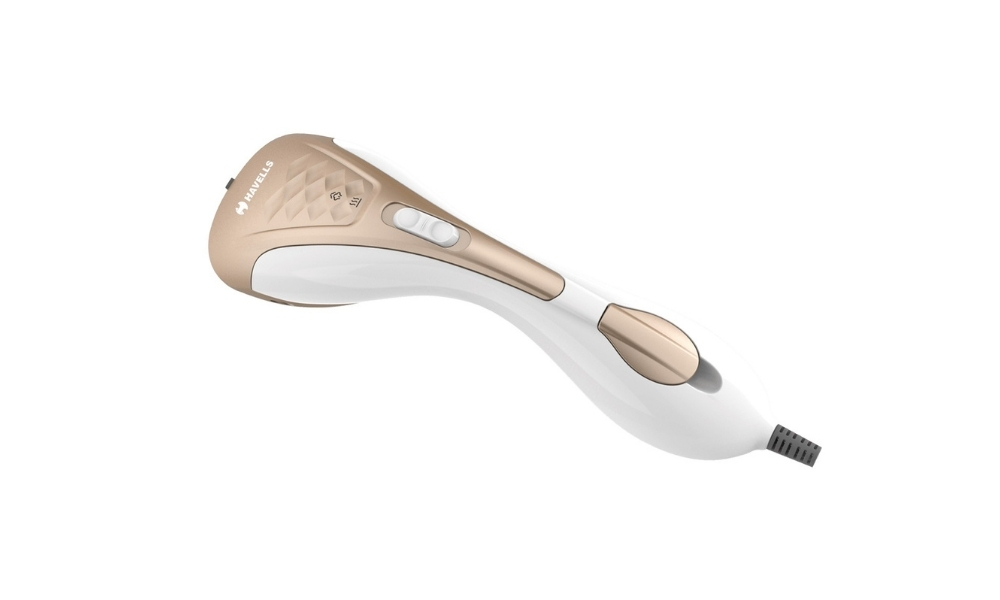Home Automation: What Is It and How Does It Work? Leave a comment
Have you ever wondered how Alexa or other automated home systems like Google Assistant and Apple HomeKit work? How can a machine understand your voice commands and control devices in your home?
Home automation is the use of technology to control and monitor your home’s systems and devices automatically.These devices are interconnected via the internet, enabling you to manage them remotely. With home automation, you can set up devices to interact with one another, eliminating the need for manual control through apps or voice commands. For instance, you can schedule your lights to turn off at your bedtime or program your thermostat to adjust the temperature an hour before you return from work. Home automation not only enhances convenience but also helps you save on heating, cooling, and electricity costs. Home automation can make your life more convenient, secure, and energy-efficient.
How Does Home Automation Work?
Home automation relies on a network of devices connected to the internet through various communication protocols, including Wi-Fi, Bluetooth, ZigBee, and more. These devices can be managed remotely via controllers, such as voice assistants (like Alexa or Google Assistant) or dedicated apps. Many IoT devices are equipped with sensors that monitor changes in motion, temperature, and light, providing users with information about their surroundings. To make physical adjustments to the devices, users can trigger actuators—physical mechanisms such as smart light switches, motorized valves, or motors, which enable remote control.
Home automation operates on three main levels:
Monitoring: This level enables users to check on their devices remotely via an app.
Control: Users can remotely control their devices at this level. For instance, you can pan a security camera to see more of a specific area.
Automation: Automation involves configuring devices to trigger actions in response to specific conditions.
Key components of a home automation system:
Remote Control: The hallmark of home automation is the ability to control devices remotely, which can be achieved through a mobile application or voice assistants.
Mobile Application: These apps allow users to control their devices in real-time, set schedules, create scenes, and customize device settings.
Voice Assistants: Voice assistants, such as Alexa, Google Assistant, and Siri, provide a hands-free way to control devices using voice commands.
Control Protocols: The control protocol is the language through which IoT devices communicate with each other. Common control protocols include Wi-Fi, Z-Wave, ZigBee, Thread, and Bluetooth.
Pros of Home Automation
Remote Access: Control devices from anywhere, allowing you to unlock the door for guests or turn off lights without leaving your seat.
Comfort: Adjust your lighting, heating, and cooling remotely to ensure that your home is as cozy and energy-efficient as you desire.
Energy Efficiency: Home automation allows you to schedule and optimise your devices, reducing energy wastage. For example, smart thermostats can save about percent on heating and cooling costs over time.
Convenience: Remotely controlling and automating devices, setting schedules, and syncing them with sunrise and sunset can significantly enhance your daily convenience.
Safety: Many smart security products, such as door and window sensors, security cameras, and video doorbells, enhance your home’s safety. They provide real-time alerts and remote monitoring, helping you respond quickly to potential threats.
Cons of Home Automation:
Costs: IoT devices tend to be more expensive than their non-connected counterparts. While they offer added features like remote control and voice integration, they can be costly, depending on where you shop.
Security Issues: Any device connected to the internet is potentially susceptible to hacking. While IoT devices offer convenience, they can be vulnerable to security breaches. Adhering to best practices is essential for digital security.
New Technology Challenges: Since IoT is relatively new, you might encounter issues such as devices struggling to connect to the internet or experiencing lag, depending on the device’s make and model.
Surveillance: Some people may have privacy concerns, as smart security devices allow users to livestream footage from cameras. If privacy is a top priority, you may want to opt for a local alarm system instead.
Is Home automation and the Internet of Things (IoT) same?
Home automation and the Internet of Things (IoT) are related concepts but not exactly the same. Home automation is primarily focused on the automatic control and management of various electronic devices and systems within a home. IoT is a broader concept that encompasses any physical device or object that is connected to the internet and can exchange data with other devices and systems. IoT devices are not limited to home settings; they can be found in various environments, including industrial, healthcare, transportation, and more. Home automation devices are a subset of IoT devices because they are connected to the internet and can communicate with other devices or systems.
Setting up your home automation system is more straightforward than you might think. Choose smart home products that match your requirements and preferences. If planning to go for a perfect home automation system suiting your needs, get in touch with Kannankandy, one of the leading chain stores in electronics and home appliances in Kerala. We have been dedicated to serving our customers since 1988, earning their loyalty and trust through our exceptional service. Our online retail store in Kerala offers a wide array of products to simplify your life. Visit us to learn more!






